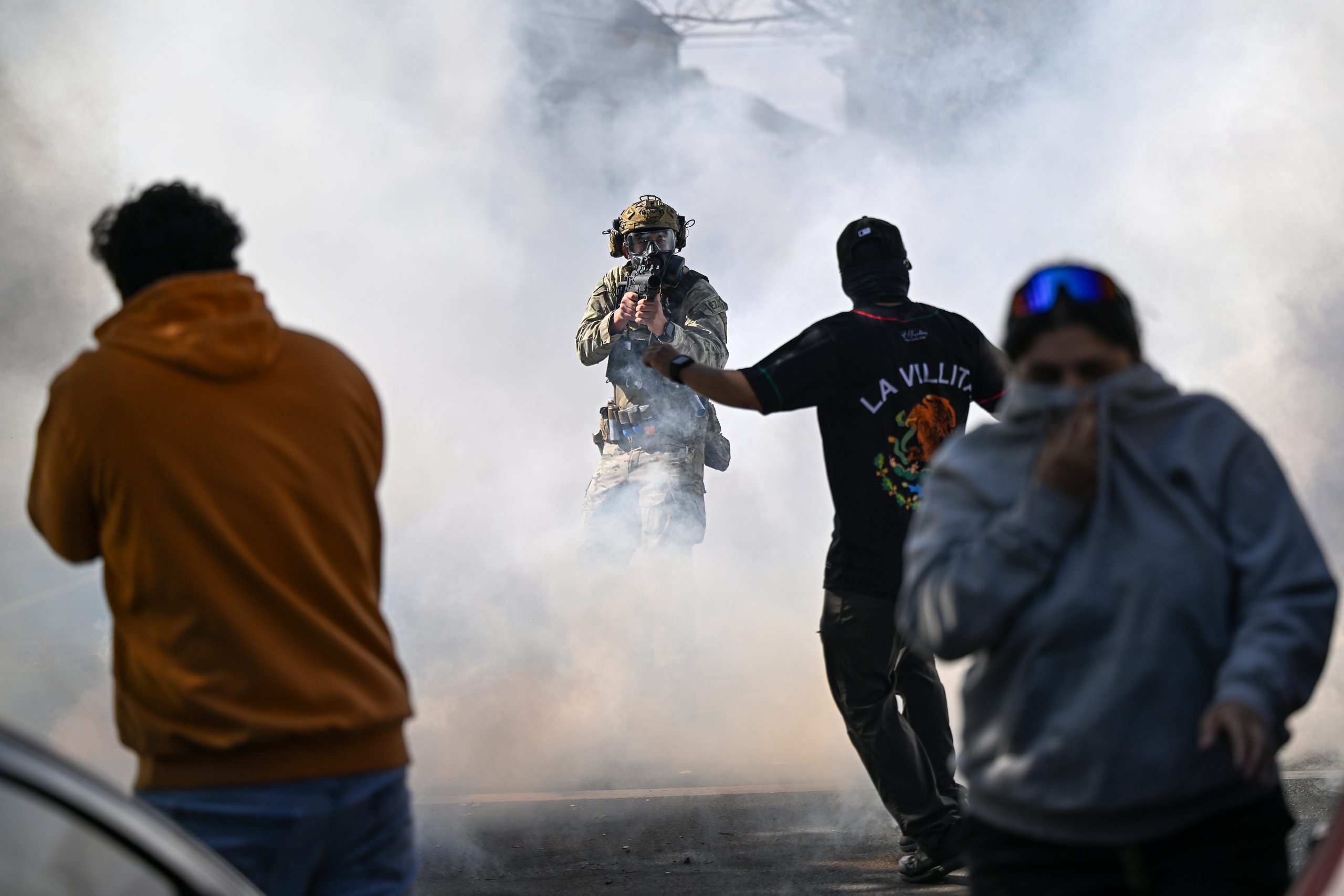Supreme Court Decision Sparks Debate Over ICE Authority
A recent Supreme Court ruling has ignited controversy, raising concerns about the scope of Immigration and Customs Enforcement (ICE) powers and the limitations on legal oversight. The decision, which effectively places ICE actions under a different level of legal scrutiny, comes amid escalating reports of alleged abuses by the agency, further fueling the debate over immigration enforcement practices.
Background: Protests and Allegations of Abuse
The backdrop to this legal development involves a series of high-profile incidents where ICE agents and other federal law enforcement officers have been accused of using excessive force against immigrants and protesters. Videos circulating online show instances of officers deploying pepper spray and other crowd control measures in ways that have been criticized as disproportionate and potentially harmful. One particularly jarring example involves a pastor being struck in the head with a pepper ball during a demonstration. These incidents have contributed to a growing perception that ICE operates with impunity, unchecked by adequate legal constraints.
Furthermore, a report released by Senator Jon Ossoff’s office detailed hundreds of “credible reports” of human rights abuses within immigration detention facilities since the Trump administration took office. These reports, coupled with investigations by news organizations like ProPublica uncovering numerous civil rights violations, paint a troubling picture of the environment in which ICE operates.
Impact of the Ruling: Limited Recourse?
The Supreme Court’s decision effectively shields ICE from certain legal challenges, making it more difficult for individuals and organizations to hold the agency accountable for alleged misconduct. Critics argue that this ruling undermines fundamental principles of due process and allows ICE to operate with a level of discretion that is ripe for abuse. The concern is that without proper oversight, the agency may be emboldened to engage in even more aggressive tactics, further eroding public trust and exacerbating tensions within immigrant communities.
Looking Ahead: The Need for Transparency and Accountability
The implications of this Supreme Court ruling are far-reaching, potentially impacting the rights of immigrants and the ability of individuals to protest government policies. The debate now shifts to the need for increased transparency and accountability within ICE. Calls for independent investigations, stricter guidelines on the use of force, and greater access to legal remedies are likely to intensify in the wake of this controversial decision. The future of immigration enforcement in the United States hinges on addressing these concerns and ensuring that ICE operates within the bounds of the law, respecting the rights and dignity of all individuals.
Based on materials: Vox





